Do you know that every second somewhere in the world, a forest roughly the size of a football field is cut down? That is almost two acres of forest that no longer exists.
And more alarming is that research by the Center for International Forestry Research shows that undisturbed rain forests will completely disappear in large tropical humid regions by 2050 if action is not taken soon.
But it’s not just the loss of the world’s forests that’s concerning, for it’s also the habitat loss for an estimated 137 animals, plants, and insects every day.
Yet, despite warnings from scientists around the world, deforestation continues unabated as a burgeoning human population continues to call for more land.
The time for action is now!
Read on to find out how deforestation affects wildlife populations and, more importantly, what you can do to help save our forests and animals for future generations.
What is Deforestation?

Deforestation commonly refers to the removal of trees and other flora from an area to make way for economic opportunities such as mining and the construction of urban areas.
Agricultural activities such as croplands, palm oil plantations, subsistence farming, and cattle grazing also play a large part in the clearing of forested areas.
While illegal logging for wood products is estimated to have contributed between 50% to 90 % of deforestation in Central Africa, Southeast Asia, and the Amazon rainforest alone.
What Causes Deforestation and Forest Degradation?
Clearing land to make way for our use is certainly nothing new. In fact, the earliest evidence of large-scale forest clearing of wildlife habitat goes all the way back to between 3100 and 2900 BC.
But it’s not only the activities of man that have led to deforestation.
Natural disasters such as hurricanes, floods, weather patterns, parasites, diseases, forest fires, and even climate change have all played their part in forest degradation and altering our once-forested areas.
How Does Deforestation Affect Animals?
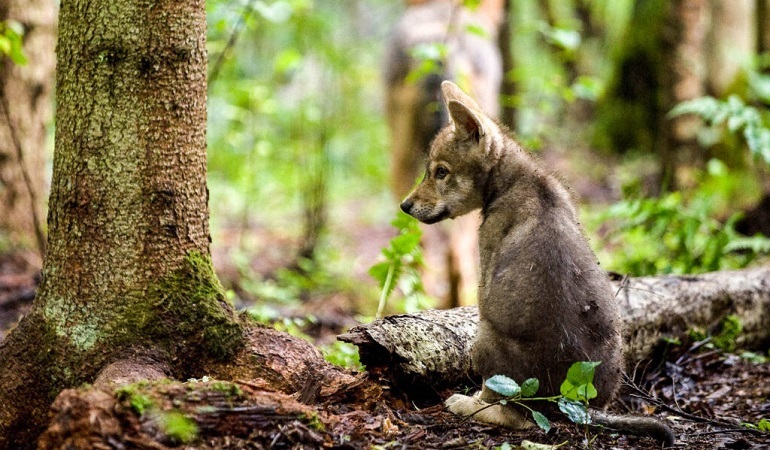
It’s not only about the loss of their forest homes or the altering of their food chains.
It’s about the destruction of their breeding grounds and the creation of fragmented wildlife habitats that have resulted in their numbers dwindling.
One such species is the mountain gorilla found in the Virguna Mountain that borders the Democratic Republic of Congo, Rwanda, and Uganda.
While the Northern Spotted Owl, whose numbers are in decline, is another.
And these are just two out of so many more animal species of high conservation concern due to the deforestation of their natural habitat.
Habitat Loss
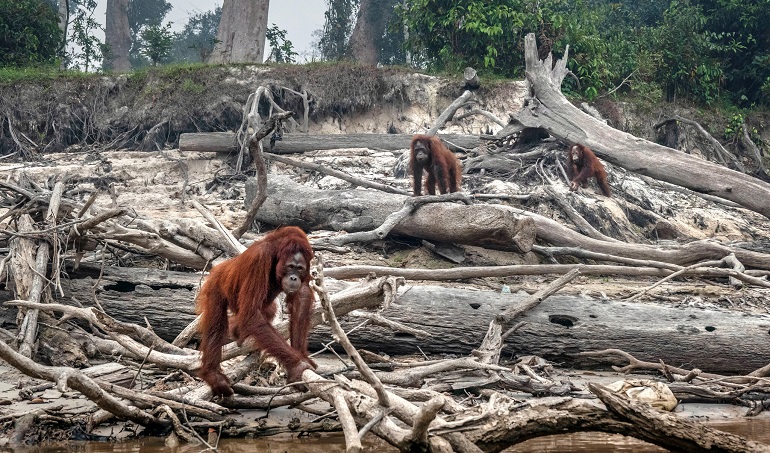
Every year, approximately 160,000 square kilometers of forest are lost, leading to a staggering 1% reduction in the Earth’s original forest habitat annually.
Quite simply, any loss of forest area due to deforestation activities is going to result in less space for an animal to find suitable food and shelter.
But what are the consequences of this?
Simply put, it will be survival of the fittest for the remaining wildlife as they battle for the same limited food sources and shelter.
But by and large, it will be ensuring the survival of their species, which becomes even more complicated if they have been forced into a secondary forest habitat that is less able to support them.
With a lack of natural resources that were once offered by their primary habitat, reproduction suffers, and animal numbers begin to dwindle.
Changing Climate
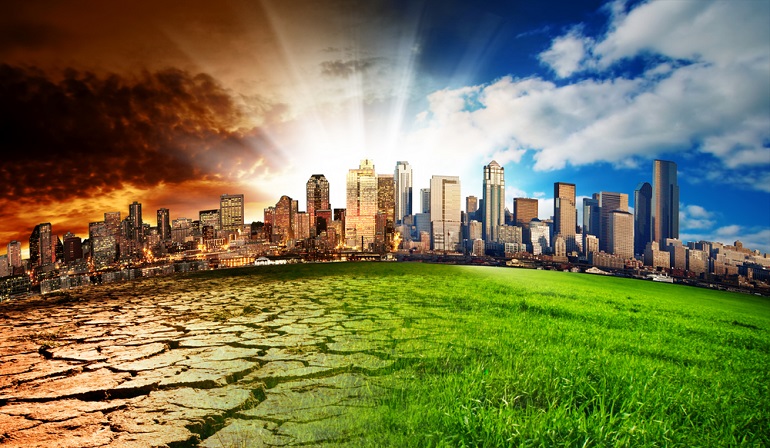
Deforestation is not only detrimental to animals, but it also has an impact on when trees are cut down or burnt, the stored carbon dioxide (CO2) is released, which is one of the main greenhouse gas emissions responsible for climate change.
Trees not only provide shelter and shade for wild animals but also help regulate the forest ecosystem. With deforestation happening, evapotranspiration processes which can be likened to a forest sweating, are reduced, resulting in warmer conditions.
This decrease in precipitation can also disrupt the water cycle in the area, which can lead to changes in water volume and even river flow. Forests are needed to keep local hydrological cycles going.
Risk of Wildfires and Droughts

Simply put, forests act as a natural barrier. The more deforestation takes place, the greater the increase in warmer weather. This causes a change of events in forest ecosystems resulting in a higher risk of vegetation drying out, which in turn increases the risk of fire.
For example, the most common cause of fires in British Columbia is lightning which causes nearly 60% of wildfires every season and incinerates the habitats of the wildlife population.
Deforestation also leads to desertification due to the changes in rainfall patterns which generally create a drier climate and soil erosion due to the root systems of trees being removed.
Starvation
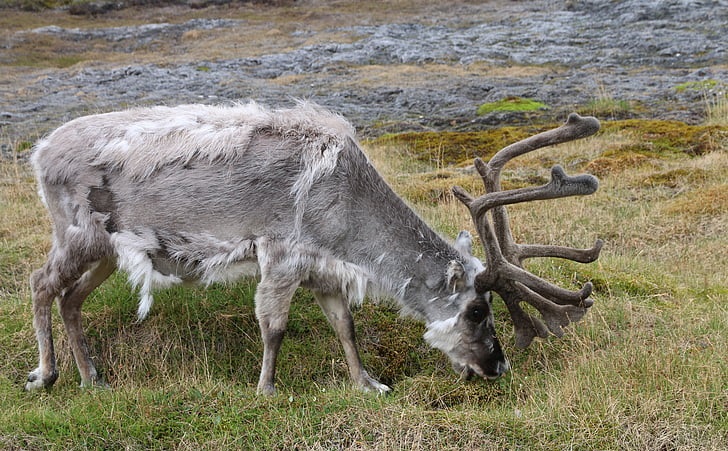
One of the most shocking findings, however, is that deforestation affects the feeding habits of animals and, at worst, leads to starvation.
New research released by the Scientific Reports journal reports that the young of the Harpy eagle (Harpia harpyja) found in the Amazon is at risk of starvation due to eagle parents being unable to source suitable prey species inhabiting the tree canopy for them.
And with forest habitat degradation on the rise, adequate food sources for many animals are becoming scarcer and more difficult to come by, resulting in the possible extinction of their species.
Predators
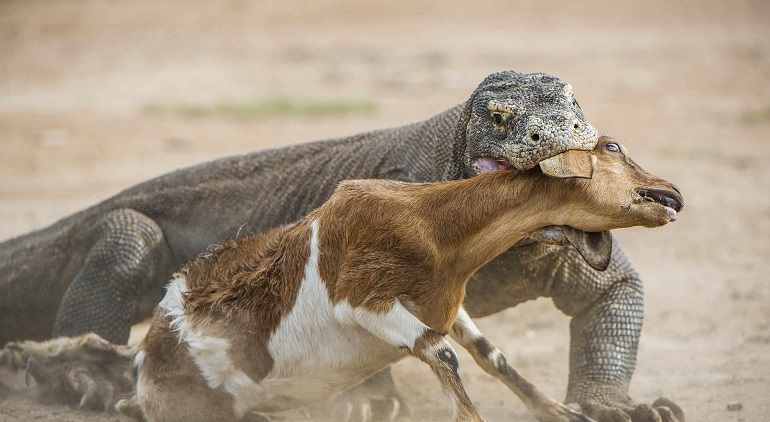
With less land and food comes fiercer competition for these resources by animals forced out of their natural and breeding habitat. While predation from either introduced or native predators can accelerate the decline of an animal species.
New research, for instance, has found that one of Australia’s most endangered birds, the swift parrot, is facing a rapid decline in population in their breeding ground in Tasmania.
Forced from their natural habitat due to deforestation, the parrots and their young are being eaten by sugar gliders who were introduced to Tasmania in the early 1800s.
But by and large, humans have become the dominant predator across many systems by ways of human activity, such as hunting and poaching.
Human Interactions
It’s certainly not surprising that habitat fragmentation as a direct result of deforestation that occurs due to human interactions with wildlife has become a more common occurrence.
And despite an animal’s natural inclination to avoid these interactions, it can result in increased human-wildlife conflicts.
With dwindling areas in which to source food, animals are forced out of their habitat fragments and into areas populated by humans in their quest for nourishment. This results in the damaging of crops, livestock predation, and the killing of both wildlife and human.
Biodiversity Loss
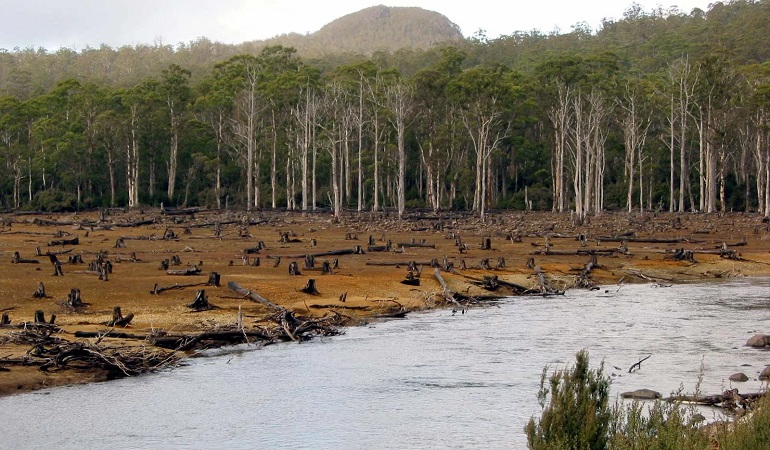
Deforestation has a lot to answer for, and its effects can be seen and felt on land and in the world’s oceans.
Biodiversity loss is most pronounced in specific locations around the tropics, where coral reefs that support more species per unit area than any other marine environment are slowly dying off.
This occurs when the loose soil, as a result of deforestation soil erosion, finds its way into coastal waters and smothers the coral, leading to the deterioration of the reef and its entire ecosystem.
And new evidence suggests that humans have significantly altered nearly two-thirds of the ocean due to climate change, ocean pollution, acidification due to the rising carbon dioxide in seawater, overfishing, and the degradation of marine habitats.
What Animals Does Deforestation Affect the Most?
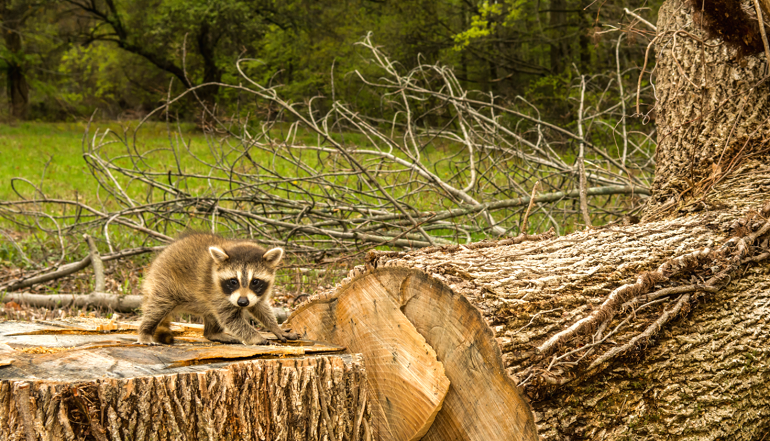
The effects of deforestation on the habitats of forest animals mean that every year the list of endangered species continues to climb.
Here are some of the most iconic animals facing extinction if nothing is done to prevent and protect the loss of their remaining forest habitat.
- The Sumatran, Javan and Black Rhino
- Orangutans
- Gorillas
- Chimpanzees
- Pandas
- Pygmy Sloth
- The Bornean Pygmy and African Forest Elephant
- Leopard
- Tiger
Why Does It Matter and What Can Be Done To Stop Deforestation?
Forests and, more importantly, tropical forests are key for biodiversity, home to 90% of earth’s wildlife populations, and play a crucial role in regulating the global climate.
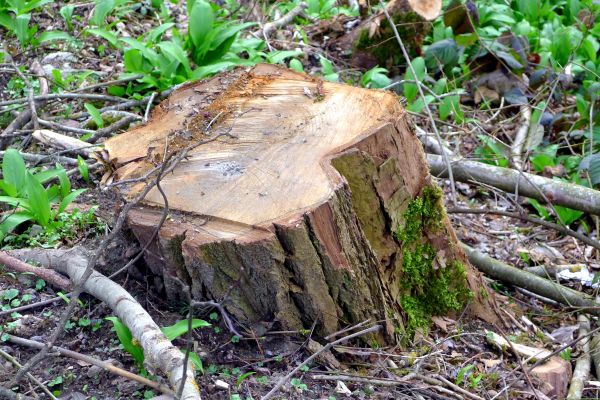
Why Does It Matter
A growing competitive global economy and rapid population growth have played a key role in developing countries in Latin America that all have access to the Amazon rainforest, cutting down and removing forest trees on a mass scale to help alleviate the strain of poverty.
The demand for timber products by wealthy countries is expected to triple over the next three decades. But once people cut down and remove these resources, it will take years to replace them, if they even get replaced at all.
This, in turn, contributes to climate change as the heat-trapping greenhouse gases that human activities emit can no longer be absorbed by the trees that have been felled.
But there are ways we can all contribute towards stopping the practice of deforestation. And in the process, protect rainforests and help maintain viable populations of endangered animals.
How You Can Contribute to the Efforts Against Deforestation
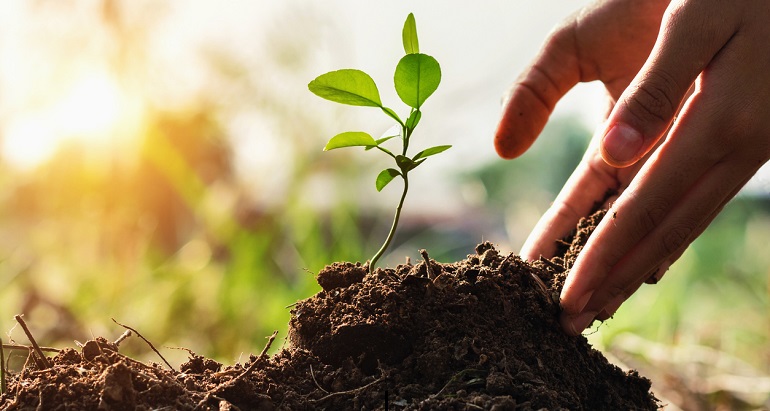
Knowledge is power, and making informed daily choices in your choice of consumed products can make a difference in the fight to save forests.
- Read The ICUN’s Red List of Threatened Species, which represents the best available information about animals on the verge of extinction.
- Go paperless where possible at home and in the office
- Support the products of companies that are committed to reducing deforestation.
- Don’t use Palm Oil or products containing Palm Oil.
- Plant a tree whenever you can.
- Buy recycled products and avoid single-use packaging.
- Purchase only certified wood items.
- Raise awareness with your friends and family about deforestation’s effects on a tropical forest and its impact on critically endangered animals in the wild.
As a consumer, the power lies with you. If there is no demand, then the supply will be lessened.
Conclusion
Deforestation and its effects on animals, the environment, and the biodiversity of the forest ecosystem continue to be a vicious cycle. Sacrificing the long-term benefits of standing trees for the short-term gain of wood and paper products.
Trees are the answer, and it is up to all of us to call for relevant law and legislation change on illegal logging activities in old-growth forest habitats and to fight for agribusinesses to uphold their promise of eliminating deforestation from their supply chains.
We only have one earth, and its future’s in our hands.


